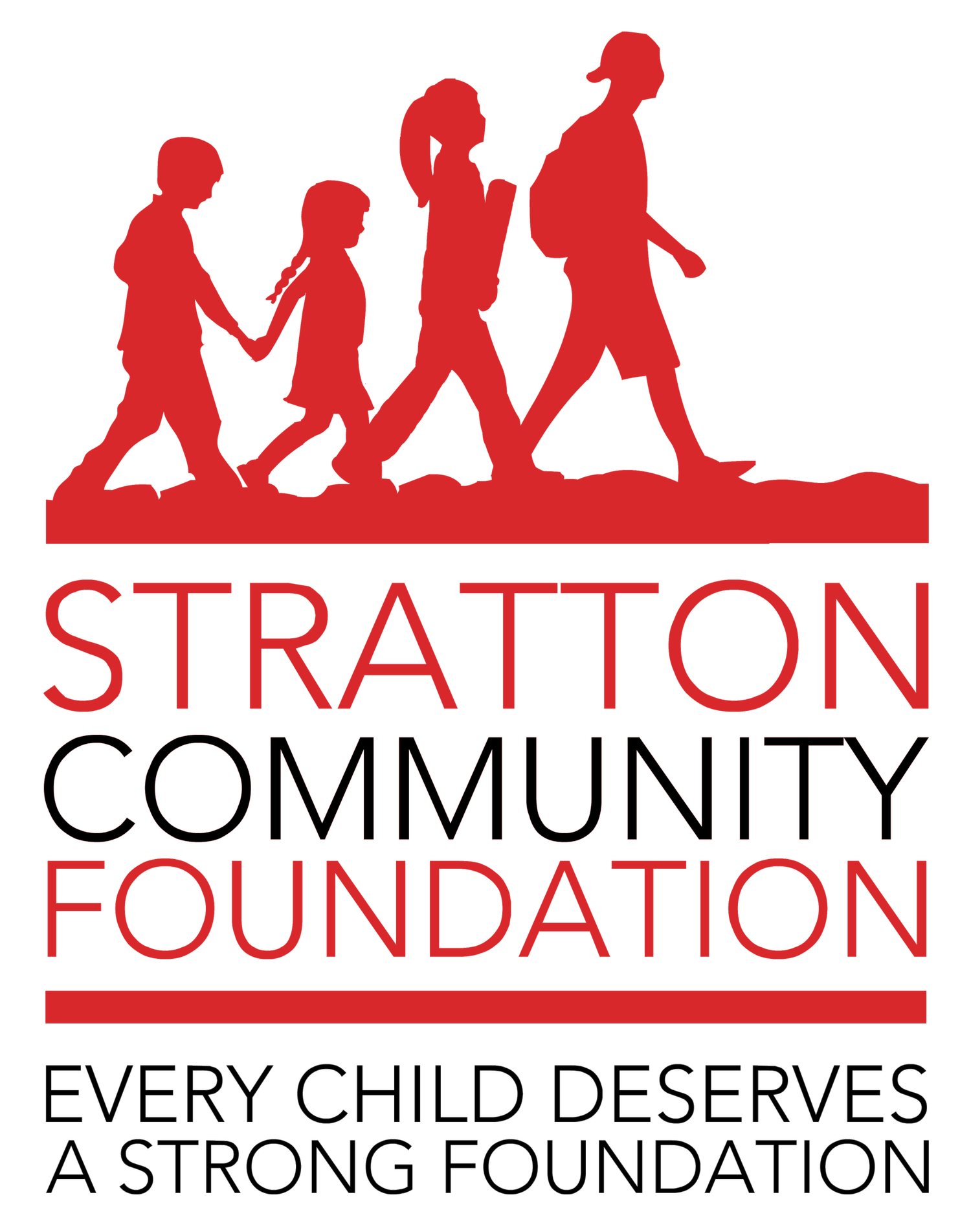Article from Manchester Journal
STRATTON — The Stratton Community Foundation is excited to kick off a new year of fundraising efforts, with the 2025 annual golf outing taking center stage. Set for Friday, August 29, 2025, at 1 p.m. at the Stratton Mountain Public Golf Course, this event will spearhead the campaign to support the foundation’s mission of giving. All proceeds will benefit the Head-To-Toe program, which provides 600 local children with essential items that families often struggle to afford, items crucial to each child’s well-being, growth, and education.
The Stratton Community Foundation collaborates closely with schools throughout southern Vermont to ensure that children in need who live and go to school in the mountain towns and valley are cared for year-round. From Newbrook to Townshend, Jamaica, Wardsboro and neighboring mountain and valley towns, the Head-To-Toe program is a key initiative, offering students a backpack with necessary school supplies and dental kits each fall, along with a warm coat, snow pants, boots, gloves, socks, and a hat for the winter months. In the spring, children are provided with a new pair of properly fitting sneakers, a luxury many cannot afford. Schools can also apply for ‘Moving Mountains’ funds to assist students in immediate crisis, which help cover medical emergencies, laundering services, toiletries, over-the-counter medications, and undergarments.
The value of the Head-To-Toe program goes beyond just providing material items, it also fosters emotional and physical support, boosting self-confidence, dignity, and the ability to thrive in school. It gives access to students who otherwise would not be able to participate in outdoor recess and classrooms, the Junior Instructional Skiing Program (JISP), field trips, etc. The program’s true impact is evident in how it lifts the burden of poverty, allowing children to unlock their full potential and aspirations for the future.
With the goal of raising $100,000, the Foundation relies on the success of the Golf Outing and generous donations and sponsorships to fund the Head-To-Toe program. We invite you to join the Stratton Community Foundation’s Golf Outing on August 29, 2025, and support this vital campaign because every child deserves a strong foundation.
Golf registration is now open, with sponsorship opportunities available. Come as a single player or bring your own foursome for a day of fun!
For more details about how to give your support, visit: strattonfoundation.org/golf-outing.

